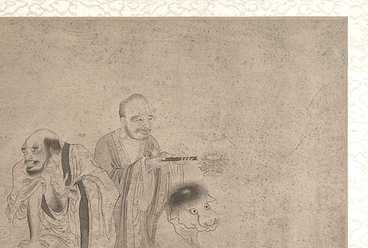
一、使用绝对定位
使用绝对定位可以使元素在父元素中居中。可以使用以下代码实现:
“`css
.parent {
width: 300px;
height: 200px;
background-color: blue;
.child {
position: absolute;
top: 50%;
transform: translateY(-50%);
在上面的代码中,`.parent`是父元素,`.child`是子元素。`.parent`元素的宽度和高度均为300px,背景颜色为蓝色。`.child`元素使用绝对定位,并将其位置设置为父元素中心位置的50%。最后,它使用transform属性将位置平移50%,以实现居中对齐。
二、使用伪元素
使用伪元素可以使元素在父元素中居中。可以使用以下代码实现:
“`css
.parent {
width: 300px;
height: 200px;
background-color: blue;
.child {
position: relative;
top: 50%;
transform: translateY(-50%);
.parent::before,
.parent::after {
content: “”;
position: absolute;
top: 0;
left: 50%;
width: 100%;
height: 100%;
background-color: red;
transform: translateX(-50%);
在上面的代码中,`.parent`是父元素,`.child`是子元素。`.parent`元素使用伪元素来创建两个透明背景色的块,并将其位置设置为父元素中心位置的50%。`.child`元素也使用伪元素,并将其位置设置为两个块元素的中心点。两个块元素使用transform属性将位置平移50%,以实现居中对齐。
三、使用表格布局
使用表格布局可以使元素在父元素中居中。可以使用以下代码实现:
“`css
.parent {
width: 300px;
height: 200px;
background-color: blue;
.child {
display: table;
position: relative;
top: 50%;
transform: translateY(-50%);
.child:before,
.child:after {
content: “”;
position: absolute;
top: 0;
left: 50%;
width: 100%;
height: 100%;
background-color: red;
transform: translateX(-50%);
在上面的代码中,`.parent`是父元素,`.child`是子元素。`.parent`元素使用表格布局,并将其宽度和高度均为300px。`.child`元素使用display: table;来将其显示为表格,并将其位置设置为父元素中心位置的50%。两个块元素使用:before和:after伪元素来将其平移50%,以实现居中对齐。
以上就是如何使用CSS来实现居中对齐的全部内容。通过使用这些方法,大家可以轻松地让文本在布局中居中。